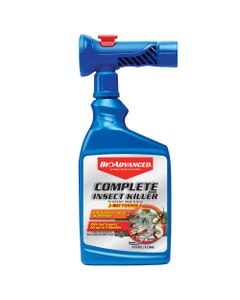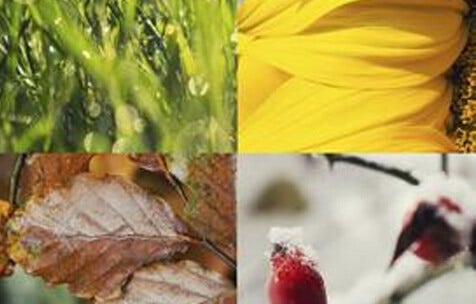

- Home
- Solution Center
- Learn
- Outdoor Pests
- Hot Spots for Insects
Hot Spots for Insects
Your yard is an insect playground, offering dozens of places for insects to play hide and seek. Fallen leaves, a downspout extender, an upturned flower pot, Fido’s dish –they all serve as welcome mats for unwanted guests.
Learn to look at your yard like an insect and discover if your slice of paradise has pest appeal.
Think Like an Insect
Insects’ two greatest concerns are predators and water: not becoming another creature’s meal and not drying out. As a result, insects gravitate toward objects that provide moist hiding places. For most insects, dark and damp are ideal conditions.
Insects also seek a food source. That menu includes a variety of items, including plant parts, fungi and other insects. Some insects find birdseed and pet food a welcome entrée.
Set up your own backyard pest patrol by monitoring the following conditions which offer insects all the comforts of home –including ample room to reproduce.
- Junk–Things like boards, buckets, toys, flowerpots, bricks and jars all meet the criteria for insect hiding places. Keeping a neat, clean outdoor environment is the easiest thing you can do to eliminate insect habitat.
- Pets–Don’t let food and water sit in bowls around the clock. They’ll attract insects and likely other critters. Pick up dog droppings regularly to reduce fly breeding.
- Leaves–Gather fallen leaves from trees and garden plants. Add them to your compost pile, or bag them for municipal yard waste pickup. Leaves provide an excellent hiding and reproductive place for many insects, including Slugs, Snails and Beetles.
- Edible crops–Gather all overripe fruit and vegetables, adding them to the compost pile or preparing them for municipal yard waste pickup. Till gardens in fall to rout insects hiding in soil.
- Plants–Shift plantings away from your home to keep insects from cozying up to the structure —and ultimately finding a way inside. Trim growth that might provide a bridge for insects to reach your home.
- Puddles–Eliminate standing water to slow down ,and remove water sources for thirsty insects. Any object that collects water is a potential problem, including loose-fitting tarps, clogged gutters, tree trunk cavities and dirty birdbaths.
- Lawn–Keep grass cut to the proper height. Insects, including Mosquitoes,Fleas and Ticks, love to hide in tall grass. Avoid letting thatch build up in your lawn, which sets the stage for insects like Grubs, Weevils and Cutworms to feast on turf.
- Yard waste–A loose pile of tree and shrub trimmings forms an insect resort. Add yard waste to the compost pile, or prepare it for municipal pickup.
- Weeds–Insects hang out among foliage, frequently clinging to leaf undersides. Spray, mow or pull weeds, and trim overgrown landscape plants. Use sharp pruners to avoid ragged cuts, which can offer entry points for insects.
- Firewood–Stack firewood properly, elevating the pile off the ground. Locate the stack away from structures.













